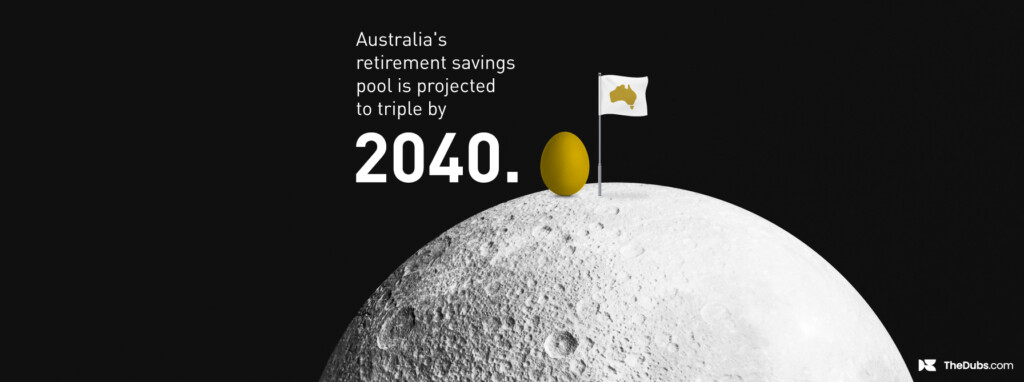It seems barely a few weeks go by without another cyber attack making headlines—and no company, whatever its size—is immune to the perils of cyber security.
In mid-July, X revealed that more than 130 accounts had been hacked, including those of SpaceX founder Elon Musk, ex-United States President Barack Obama and reality television star Kim Kardashian.
In mid-June, Australian Prime Minister Scott Morrison announced that a state-based cyber actor had launched a wave of sophisticated attacks against governments and companies.
And now, a report has estimated that cyber crime will cost the global economy $6 trillion per year by 2021—$1 trillion of which is already shouldered by banks.
Cyber crime will cost the global economy $6 trillion per year by 2021—$1 trillion of which is already shouldered by banks.
For finance brands, cyber security is of particular concern. 85% of Australians would not do business with a company if worried about its cyber security practices, according to PWC’s 2018 Protect.me: How Consumers See Cybersecurity and Privacy Risks report.
Further, 74% of American customers would participate in a cyber security awareness or education program offered by their bank, according to CSI’s 2019 Consumer Poll—and yet, 25% put themselves in danger by using the same password for their bank account as they do for other online accounts.
Cyber security should be part of any finance brand’s content marketing strategy—to build confidence and trust, as well as educate to ensure customers don’t endanger their money.
Cyber security content that builds customer confidence
Gone are the days when customers were happy to leave a finance brand’s inner workings to the back rooms. Thanks to social media, people want to know how their bank works, what it’s planning, and how it’s looking after them.
For finance content marketers, this curiosity is an opportunity. To add cyber security to your strategy, all you have to do, in the first instance, is let your customers know what you’re doing to keep their money safe.
The Australian and New Zealand Banking Group (ANZ) does this via a virtual security centre housed on their website. Customers can visit anytime to read about how ANZ protects their accounts, discover the latest scam alerts and report cyber security issues.
Cyber security content that provides on-point advice
Cyber security content is also an opportunity to ease customers’ worries, by helping them protect themselves.
One brand that’s been getting this right is Starling, an online challenger bank in the UK. Starling’s neat, easy-to-navigate blog includes a section on personal finance, which is littered with numerous blog posts containing cyber security tips, from ‘how to protect yourself from social media scams’ to ‘staying safe from online shopping scams’.
Cyber security content that’s timely
Given cyber attacks so often make the news, adding cyber security to your finance content marketing strategy is a way to leverage current events.
The US Community Credit Union (USCCU) is one brand that’s quick to respond to developments. When April saw a sharp increase in COVID-19 related scams, USCCU immediately ran this informative article on what to look out for on its blog and, when a wave of fraud attempts swept across the country in February and the entire nation experienced an increase in fraud attempts, they published this fraud alert. In addition, their strategy includes seasonal content, like ‘four super scary scams to watch out for this Halloween’, a heading that resonates well with USCCU’s family-minded audience.
Keen to add cyber security to your finance content marketing strategy? Get in touch.









